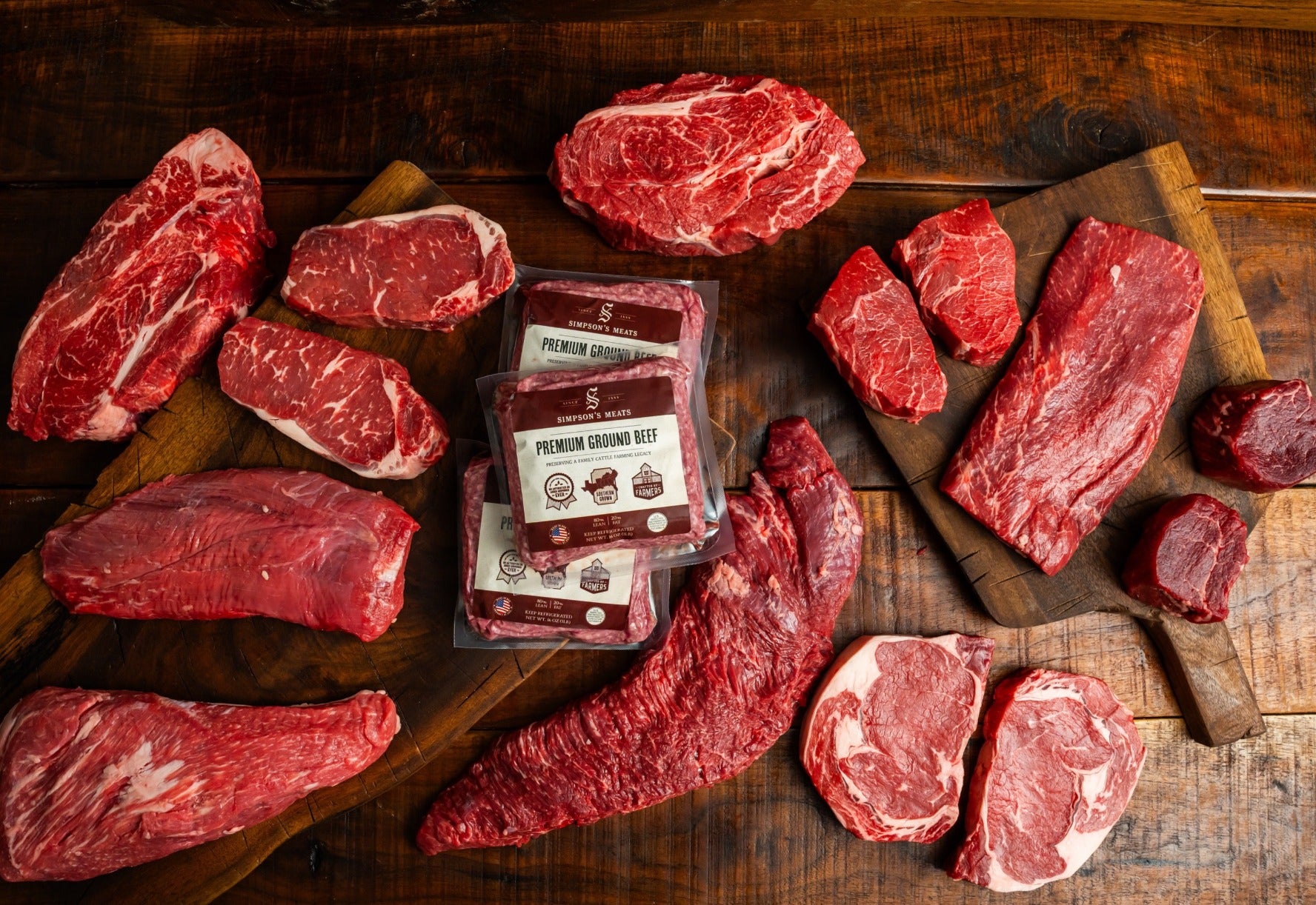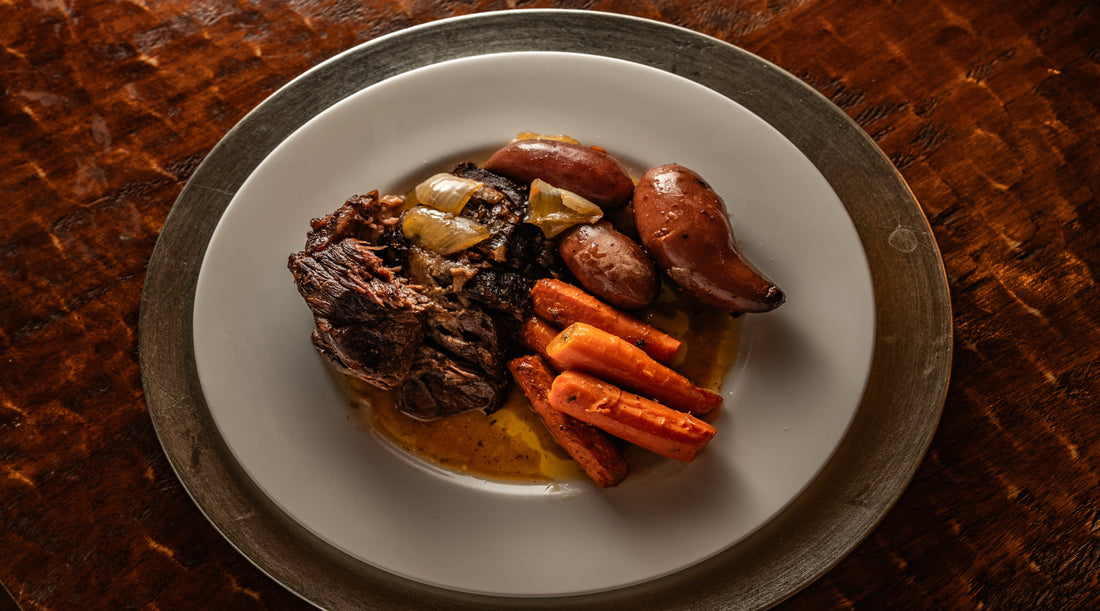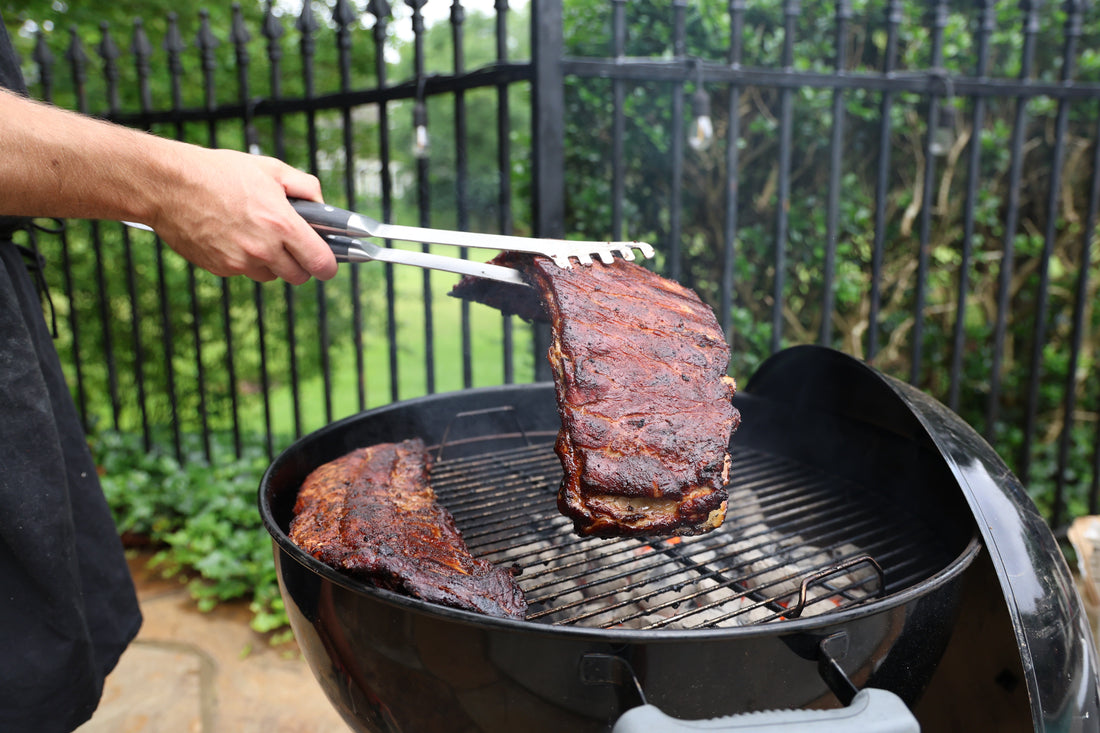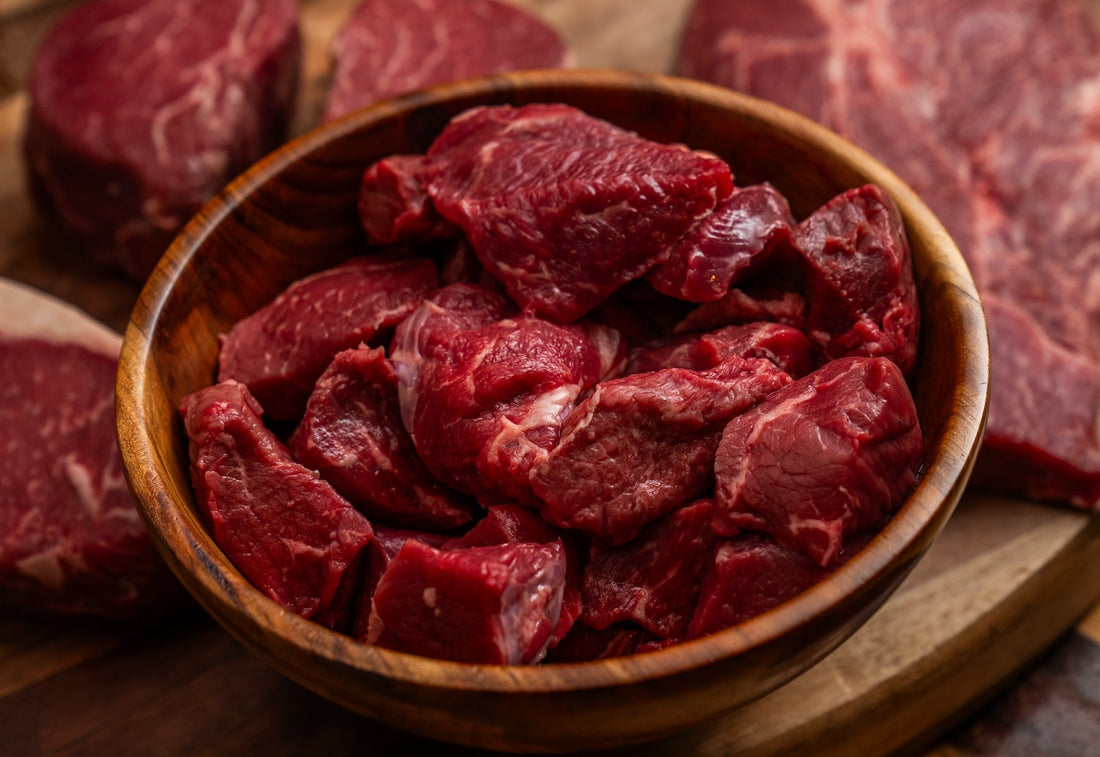Thinking about stocking up your freezer with beef?
Deciding between a half or a whole cow can be a big choice!
Our guide is here to help you figure out what's best for your family's needs, making sure you're all set to make a smart decision.
How much meat do you get from a full cow?
A 1,100-pound cow will give you about 430 pounds of meat after it’s dressed. Each cow is unique in its weight, but you can typically expect to get 62% of the total weight back as meat.
In the section below, we’ll talk about how we got there.
Understanding Cow Weights and Meat Yields
Live Weight vs. Hot Carcass Weight
When we talk about the live weight of a cow, we mean how much the cow weighs while it's still walking around.
But once a cow is slaughtered and dressed (which means removing the inedible parts like the hide, head, hooves, and organs), what we have left is called the hot carcass weight.
This weight is usually less because we've taken some parts out.
Now, here's where it gets interesting: the dressing percentage.
This is a key number that helps us figure out how much usable meat we get from the live weight to the carcass weight. It's a percentage that shows how much of the live weight turns into the carcass weight.
From Hot Carcass Weight to Meat in Your Freezer
You might be wondering why the meat you get to cook and eat is even less than the hot carcass weight.
Well, a few things happen.
First, the meat loses some water; it's like when you leave a piece of fruit out, and it shrinks a bit. Then, we trim off some fat and remove the bones, which also reduces the weight.
So…
…how many pounds of meat from a cow?
Let's break it down with an example.
Imagine you have a cow that weighs 1,100 lbs when it's alive. After it's slaughtered and dressed, let's say the dressing percentage is about 62%.
This means the carcass weight is about 682 lbs (that's 62% of 1100 lbs). But hold on, we're not done yet.
By the time we take out the bones, trim the fat, and deal with the water loss, you might end up with around 400 to 470 lbs of meat for your freezer.
That's about 36% to 43% of the original live weight. So, from a 1100 lb cow, you're looking at getting up to about half of that weight in meat to cook and enjoy.
The Cuts You Can Expect
When you buy a whole cow, you're in for a treat because you'll get a variety of meat cuts to enjoy.
Here's a breakdown of what you can expect:
Steaks
Many look forward to these premium cuts. From a whole cow, expect around 70-85 lbs of various steaks.
This includes:
- Ribeye Steaks: From the rib section, you might get about 10-14 steaks, each rich in marbling and flavor.
- Sirloin Steaks: Lean yet tender, the sirloin yields approximately 6-10 steaks.
- New York Strip Steaks: Near the rear, you get about 8 strip steaks.
- Filet Steaks: You can also expect 6 filets from the rear of a half cow.
Ground Beef
A staple in any kitchen, you could get around 200-220 lbs of ground beef from a whole cow. It's perfect for everyday meals, from burgers to spaghetti sauce.
Roasts
Roasts are the heart of comfort food, and from a whole cow, you can expect around 80-100 lbs in total.
This includes:
- Chuck Roasts: Hearty and flavorful, perfect for slow-cooked dishes, yielding around 14-18 lbs.
- Brisket: Ideal for smoking or slow braising, you'll get about 10-14 lbs.
- Round Roasts: Lean and versatile for a variety of dishes, expect around 45-55 lbs.
- Ribs: Ready for the smoker or grill, a whole cow provides about 10-12 lbs of ribs, including both short ribs and back ribs, offering plenty for several barbecue sessions.
Stew Meat
Cut from tougher parts that become tender and flavorful when slow-cooked; you'll have around 15-18 lbs, perfect for stews, soups, and casseroles.
Additionally, you'll find specialty cuts and other usable parts, such as:
- Filet Mignon: From the tenderloin section, small but highly prized, yielding about 6-10 lbs.
- Flank and Skirt Steaks: Great for fajitas and stir-fries, totaling around 5-7 lbs.
- Liver, Heart, and Other Offal: For those who enjoy or want to experiment with these nutrient-rich parts, expect about 10-15 lbs.
Each cut comes from specific parts of the cow and has its unique flavor and best cooking method.
Buying a whole cow gives you the chance to explore and enjoy a wide range of beef dishes!
Should You Buy a Whole Cow or a Half Cow?
Deciding between a whole cow and a half cow depends on a few key factors, such as how much meat your family eats and how much freezer space you have.
Let's dive in!
Meat Freshness and Consumption Rate
First things first: meat freshness.
The best taste and quality of beef last up to a year in the freezer. Now, think about how much beef your family eats. A typical family of four usually goes through a half cow's worth of beef in about 8 to 12 months.
That's a sweet spot, ensuring you enjoy every bite while it's at its best.
When we look at the average meat consumption rates in America, it turns out most families, especially those with four or fewer members, find a half cow perfectly matches their needs.
It's a practical choice that aligns well with what most families actually use, preventing waste and ensuring freshness.
Storage and Consumption Considerations
Now, let's talk about storage.
A half cow is much easier to fit into a standard home freezer compared to a whole cow. You're looking at needing around 8 to 10 cubic feet of freezer space for a half cow.
This ease of storage makes managing your meat supply a breeze. Plus, it helps keep the meat fresh since you're more likely to consume it all within that optimal year.
Choosing a half cow can be a smart move for most families.
It balances the need for variety and quantity with the practical aspects of storage and consumption.
This way, you can enjoy high-quality, home-cooked meals without the stress of overcrowding your freezer or rushing to consume the meat before its prime freshness fades.
Half or Whole? Make the Right Choice for You
In wrapping up, it's clear that understanding the ins and outs of buying beef in bulk, specifically whether to go for a whole cow or a half, is crucial for making the best decision for your family.
We've talked about cow weights and meat yields. We've also unpacked the variety of cuts you can expect, showing that a whole cow offers a bounty of options, from steaks to roasts, ground beef, and more.
Yet, when it comes down to choosing between a whole or half cow, the considerations of meat freshness, consumption rates, and storage capacities take center stage.
For most families, especially those with four or fewer members, a half cow strikes the perfect balance between having a diverse meat supply and maintaining optimal freshness and manageability.
For those leaning towards the practicality and sufficiency of a half cow, click here to get quality deals for half cow.





